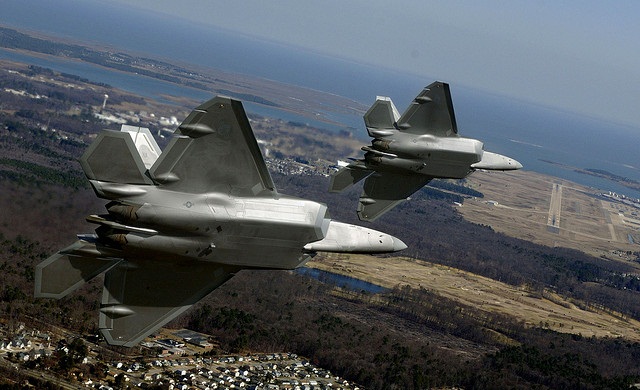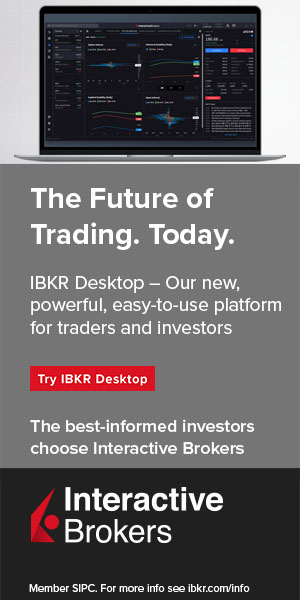Despite our own ADVFN News Summary page indicating that there was “No major news today” in the Aerospace & Defence sector, major U.S. defense manufacturers have enjoyed what would be called a good day by any standard.

I try to keep an eye on suppliers to the military on a regular basis, but with the escalation of conflicts in Syria, Afghanistan, and the rest of the Middle East, I have been taking a little more time investigating what is going on with these contractors while the world watches the rest of the market at large.
The six largest defense contractors in the U.S., ranked by government dollars spent, are displayed in the following chart published originally by Bloomberg.

U.S. Defense Contractors
Now take a look at how they did on Wall Street today:
- United Technologies (NYSE:UTX) – UP 1.60% to 89.77
- Northrop Grumman (NYSE:NOC) – UP 1.09% to 167.53
- Raytheon (NYSE:RTN) – down 0.86% to 107.77
- General Dynmaics (NYSE:GD) – UP 0.69% to 139.13
- Boeing (NYSE:BA) – UP 1.49% to 132.56
- Lockheed Martin (NYSE:LMT) – UP 0.91% to 206.61
With the exception of United Technologies, which is not primarily a defense contractor, all of these companies’ share prices are up over 2014 year-on-year. Three are up by double digits. Northrup Grumman is up 29%. All except UTX also have performed better than the S&P.
The combined market cap of these companies is in the vicinity of $342 billion. Even small percentages of change have an impact on the NYSE.
There is no doubt that, although the Obama administration is doing its best to reduce military expenses, those cuts are typically directed at staff and personnel. Those cuts make room for more spending on equipment, hardware, and technology. That money goes, in large part to these contractors.
Nonetheless, the Department of Defense has expressed concern this week over alliances, joint ventures, and, particularly, mergers and acquisitions between these contractors and others. This statement was apparently driven by the recent acquisition of Sikorsky for $9 billion.
Defense Department Undersecretary for Acquisition, Technology and Logistics, Frank Kendall, said that the consolidation of defense contractors would not be considered to be a positive development. His statements may have also been stimulated by what he sees as another potential merger between Boeing and Northrop Grumman resulting from the possible awarding of a major contract for a new long-range bomber for which the two companies have bid in a joint venture.
In the meantime, a joint venture of Boeing and Lockheed was awarded and $882 million contract. That contract finances the continued launching of military satellites for the Air Force.
Kendall’s concern is that “with size comes power.” He said that he could “foresee a future in which the department has at most two or three very large suppliers for all the major weapons systems that we acquire.”
Lockheed responded directly to the DOD statement. “There is no evidence to support the view that larger defense companies reduce competition or inhibit innovation. We believe that defense contractors should continue to be assessed based on the performance and effectiveness of the products and solutions offered, not on the size of their company.”
BOTTOM LINE: With tensions growing around the world, I believe that defense contractors should continue to see their stocks rise. The demand is not going to go away. On the other hand, I also believe that Mr. Kendall should focus on more important matters than the size of his suppliers.


 Hot Features
Hot Features













